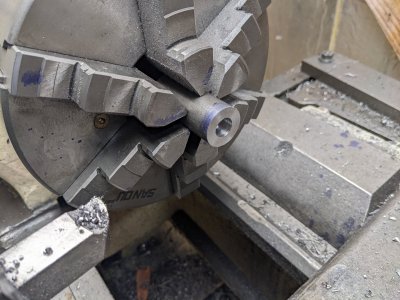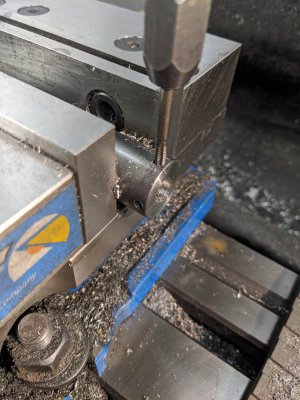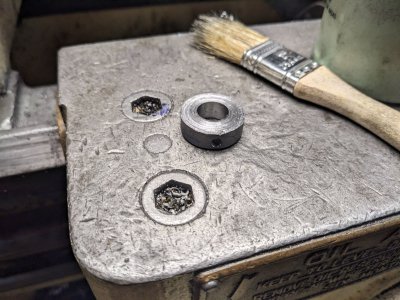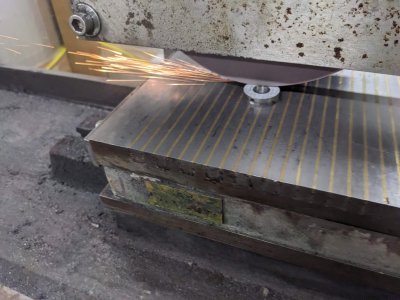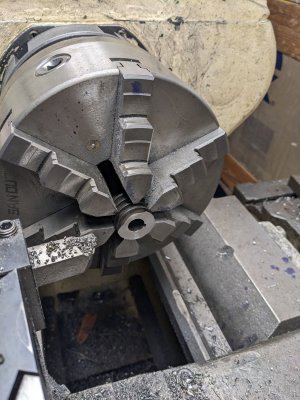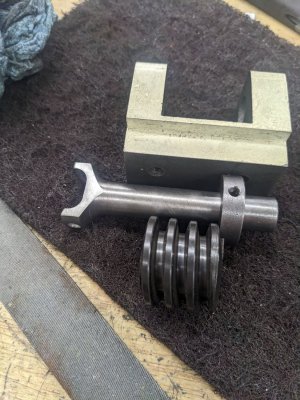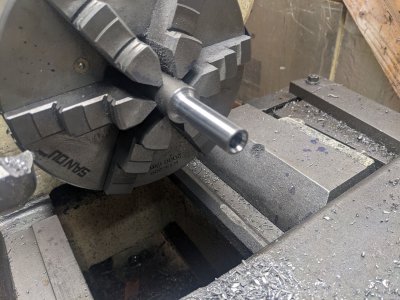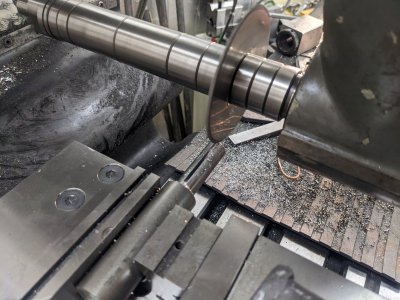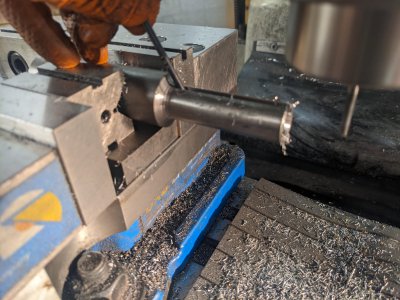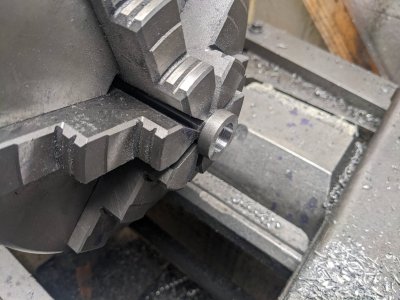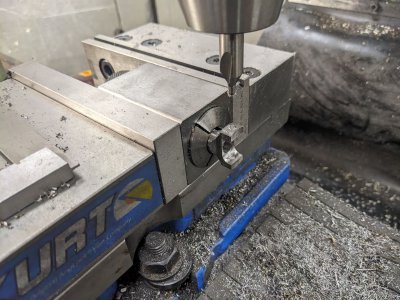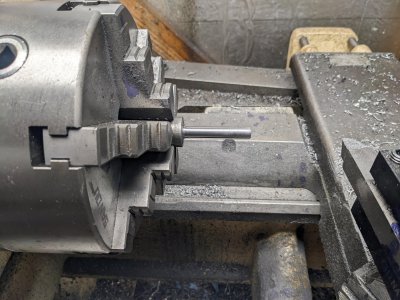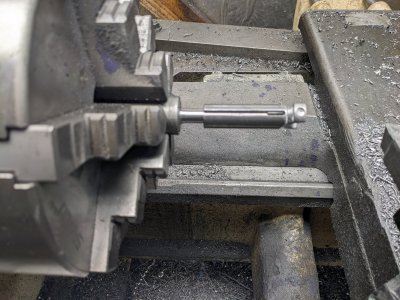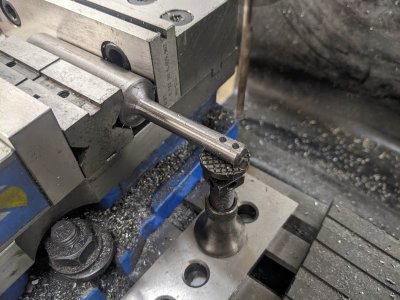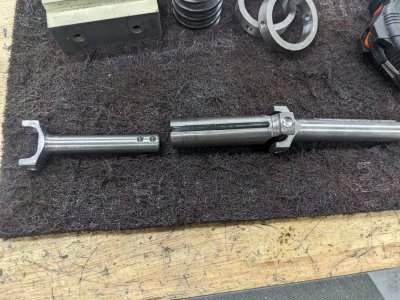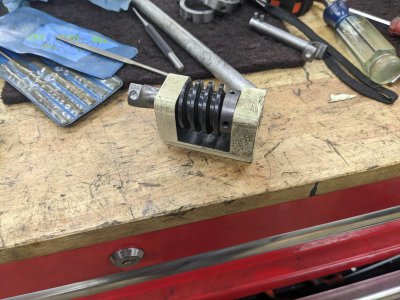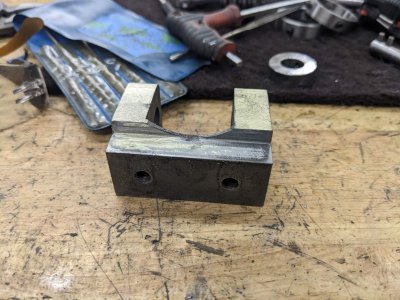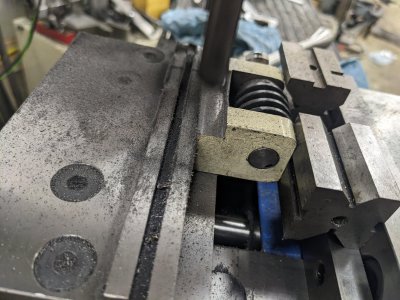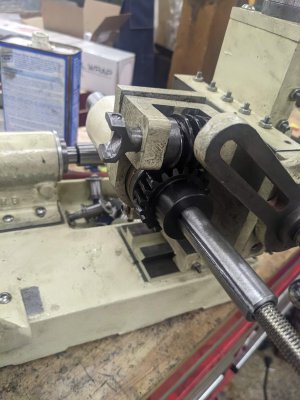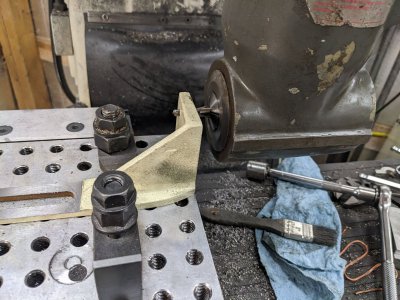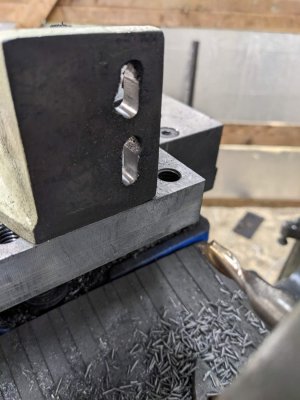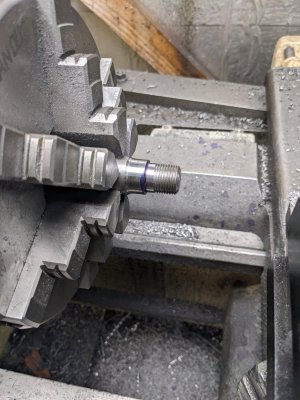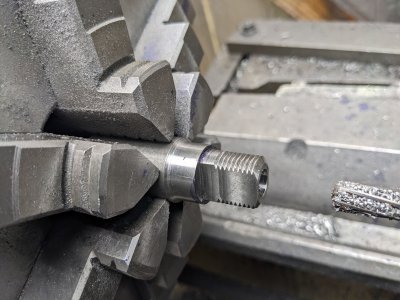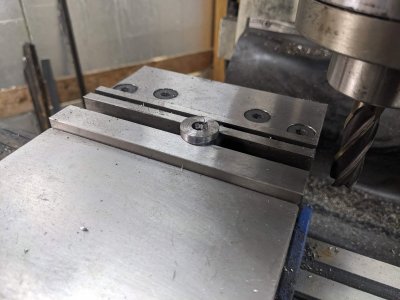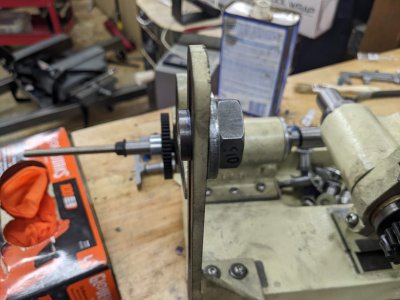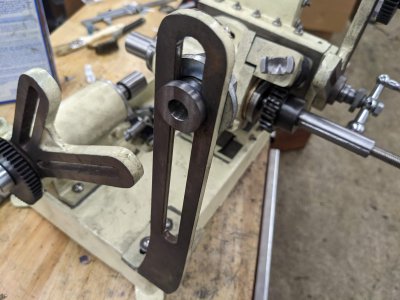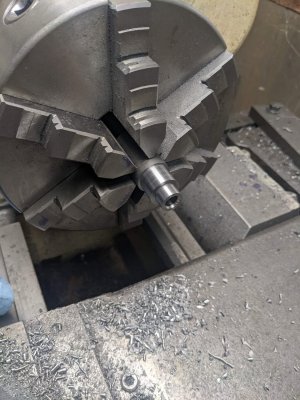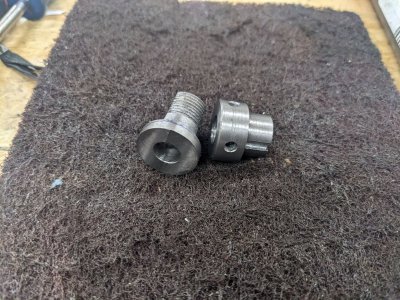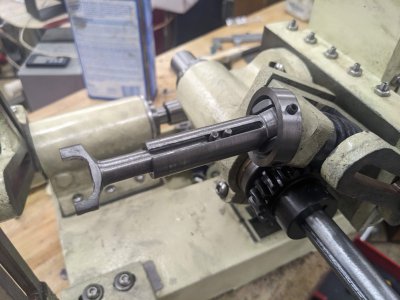- Joined
- Dec 20, 2021
- Messages
- 861
Copying this from the profile post I sent earlier...
https://www.ebay.com/itm/284766134232
Honestly, for the money, I'd have a hard time not trying the above supply ,and one of these:
https://www.ebay.com/itm/224716884063
I just ordered one of these big PWM units. I wanted to get a closer look at what they're doing in there. I do switching power for fun. Yeah, I know...
Anyway, to run a 12V motor from a 24V supply, just don't turn it over 50%...
If you're worried about motor transient voltages, put an LC filter on the output of the PWM Module. Then you'd pretty much get DC out of the controller. It wouldn't be closed loop DC, but for what you're doing it might just fine.
Dan
https://www.ebay.com/itm/284766134232
Honestly, for the money, I'd have a hard time not trying the above supply ,and one of these:
https://www.ebay.com/itm/224716884063
I just ordered one of these big PWM units. I wanted to get a closer look at what they're doing in there. I do switching power for fun. Yeah, I know...
Anyway, to run a 12V motor from a 24V supply, just don't turn it over 50%...
If you're worried about motor transient voltages, put an LC filter on the output of the PWM Module. Then you'd pretty much get DC out of the controller. It wouldn't be closed loop DC, but for what you're doing it might just fine.
Dan


